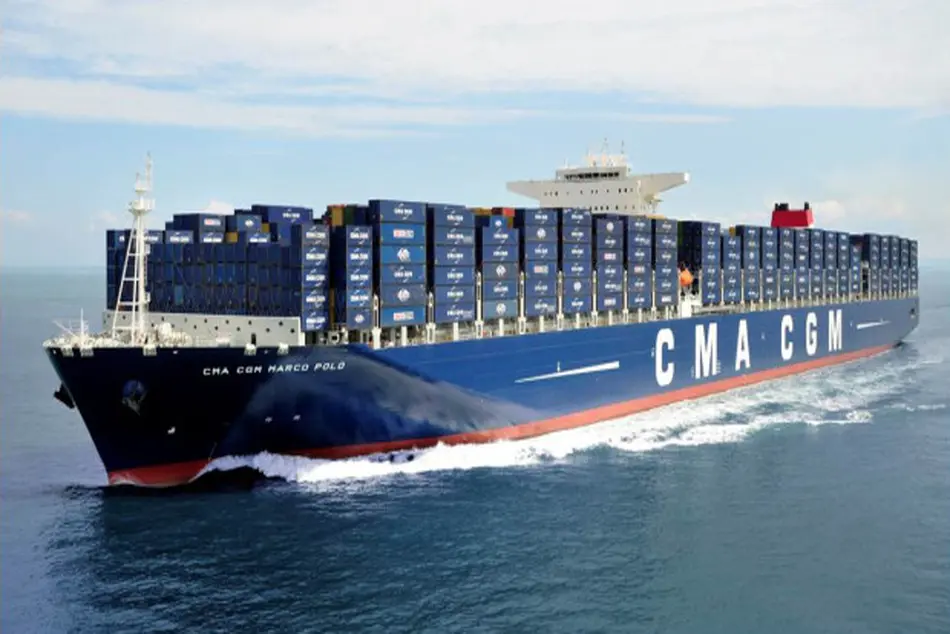When Shipping Petroleum, Air Pollution and Greenhouse Gas Emissions Costs More Than Accidents

While the policy debate surrounding crude oil transportation costs has emphasized accidents and spills, a new study by Carnegie Mellon University and University of Pittsburgh researchers indicates the debate is overlooking a far more serious external cost—air pollution and greenhouse gas emissions.
Heinz College of Information Systems and Public Policy Professors of Economics and Public Policy Karen Clay and Akshaya Jha, the Department of Engineering and Public Policy and Tepper School of Business Lester and Judith Lave Professor of Economics Nicholas Muller, and the University of Pittsburgh Department of Economics Associate Professor Randall Walsh, presented their findings in the working paper titled, “The External Costs of Transporting Petroleum Products by Pipelines and Rail: Evidence From Shipments of Crude Oil from North Dakota,” recently published by The National Bureau of Economic Research.
Their work was conducted as part of the Wilton E. Scott Institute for Energy Innovation.
“We are the first to construct estimates of air pollution and greenhouse gas costs for movements of crude oil by rail and pipelines,” said Clay.
To construct the estimates, the researchers used data on locomotive diesel consumption, pipeline pumping station electricity consumption, locomotive and power plant emission factors and the AP2 integrated assessment model, which maps county level emissions to costs for counties affected by the emissions. Their estimations were also based on The Pipeline and Hazardous Materials Safety Administration’s 2015 study.
The paper is also the first ever to compare the costs of air pollution, greenhouse gas emissions, and spills and accidents across rail and pipelines.
Using data of crude oil transported out of North Dakota in 2014, Muller says the team found “that air pollution and greenhouse gas costs of shipping crude oil by rail are much larger than spill and accident costs.”
And, as referenced in the paper, the costs are high. For instance, “Air pollution and greenhouse gas costs of moving a fully loaded 100-car train of crude oil from North Dakota to the Gulf Coast are about $150,000 and from North Dakota to the East Coast are $210,000. The total estimated air pollution and greenhouse gas damages for oil shipped by rail from North Dakota in 2014 exceed $420 million.”
In Figure 1 below, the authors note that air pollution and greenhouse gas costs equal $1,000 per 1 million barrel-miles via rail transportation compared to just under $400 in damages from spills and accidents. Via pipelines, it costs $500 in pollution and emissions costs per 1 million barrel miles while it costs about $50 for spills and accidents.
According to Clay, their estimates indicate the costs are more than twice as large for rail and more than eight times as large for pipelines.
For policymakers, these findings are key to helping address the external costs that firms impose in a variety of ways, including taxes and/or policies that would make pipelines easier to build. The team’s results suggest that further research on the air pollution and greenhouse gas emissions costs of transporting crude oil and other petroleum products is necessary.
